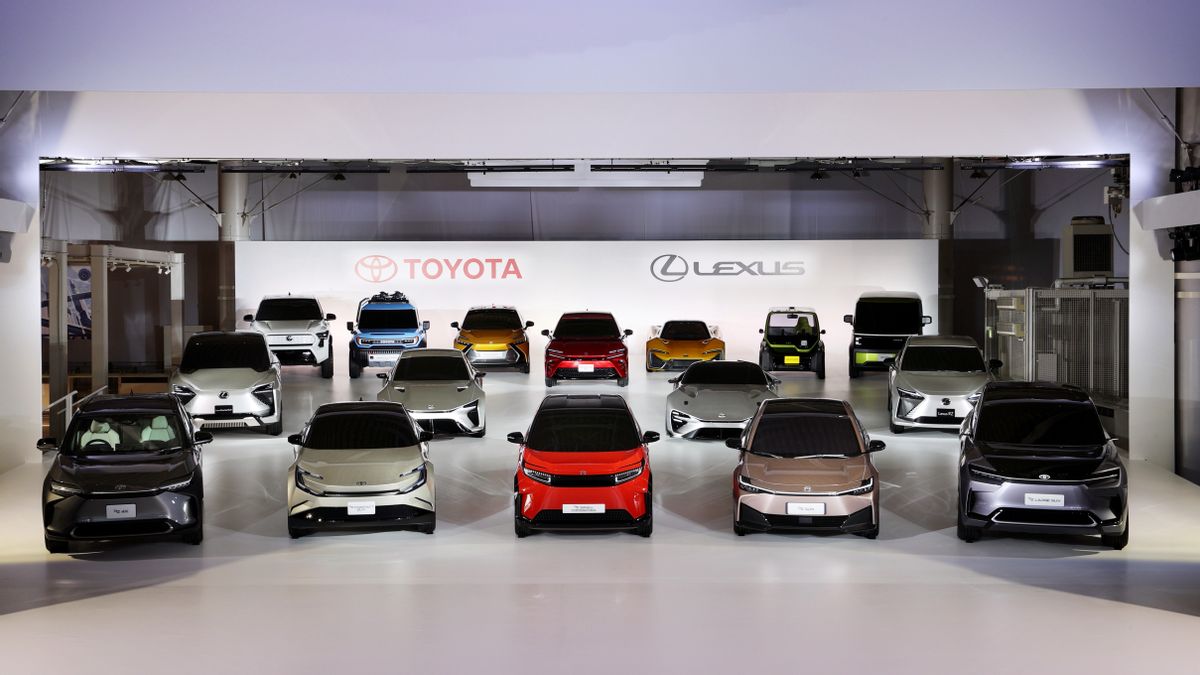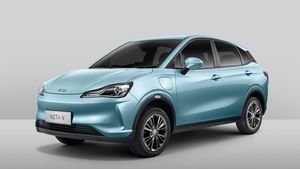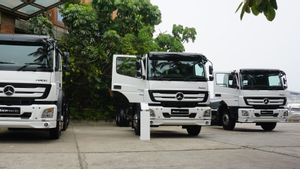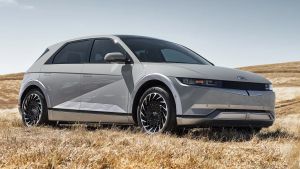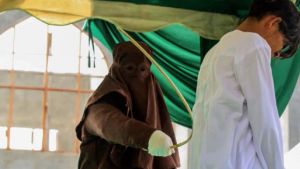Toyota, the world's largest automotive manufacturer, is preparing to welcome a more environmentally friendly era of future mobility. Not only depending on complete electricity, this Japanese car manufacturer chooses a more diverse and innovative route.
In an effort to reduce carbon impact, Toyota has designed a strategy to introduce environmentally friendly vehicles in Asia. They are targeting that by 2030, about 20-30 percent of their car sales in the Yellow Continent will be filled with electric vehicles (EVs). Although this figure will vary across countries, with Thailand expected to have an EV of less than 25 percent due to infrastructure constraints.
Hao Quoc Tien, President of Toyota Motor Asia Pacific (TMAP), stressed that despite focusing on EVs, Toyota still adheres to the principle that carbon reduction can be achieved through various methods.
"If we can afford to sell 30 percent of electric cars in Asia, we can still achieve the carbon neutrality target by leaving another 70 percent," Hao said, quoted by Paultan, Tuesday, October 24.
Toyota is currently working on reducing emissions through various technologies for 70 percent of non-EV cars, a strategy they refer to as a sustainable multi-path approach. They believe that every technology has a key role in reducing emissions.
"Maybe in the next few decades, the percentage of electric vehicles will increase, and that should be the case. However, the question is what will we do from now on to the future?" he said.
VOIR éGALEMENT:
Toyota has presented various technologies in the Asian market, including ICE engines, biofuel (CNG), Hybrid Electric Vehicle (HEV), Plug-In Hybrid (PHEV), Battery Electric Vehicle (BEV), and Fuel-Cell Electric Vehicle (FCEV).
In its product lines, Toyota has launched a series of HEV-tech cars such as CH-R Hybrid, Camry HEV, Yaris Cross HEV, and Kijang Innova Zenix HEV. They have also introduced bZ4X as the first step in the BEV segment, while Mirai is the only Toyota FCEV car sold in the US, Japan, and Europe markets.
The English, Chinese, Japanese, Arabic, and French versions are automatically generated by the AI. So there may still be inaccuracies in translating, please always see Indonesian as our main language. (system supported by DigitalSiber.id)
